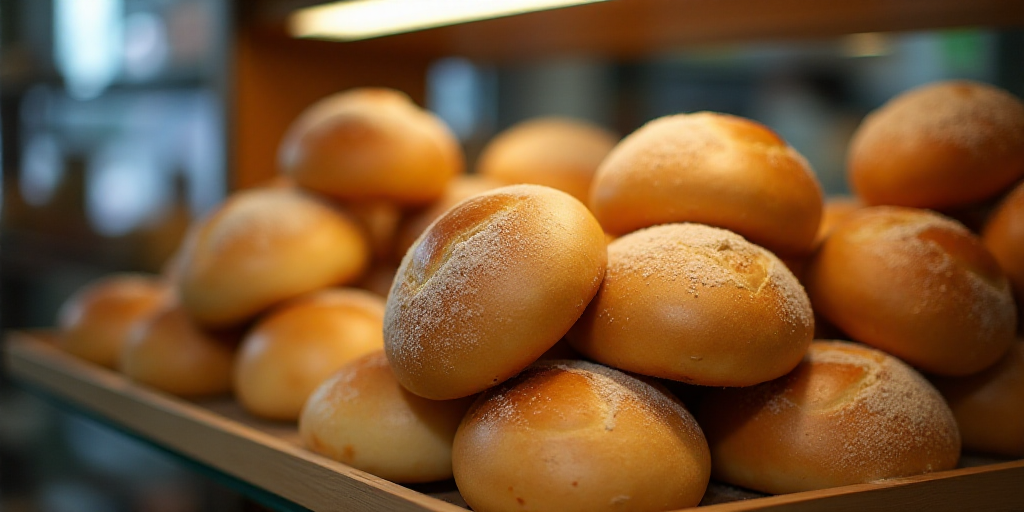A European Adaptation with Mexican Identity
The bolillo, a staple in Mexico’s daily gastronomy, is not a Mexican invention. This crusty, soft-crumbed white bread originated from the French baguette or similar European varieties brought by panaderos during the Porfiriato era. It was during this period, when French-style baking schools were promoted, that bolillos started being baked in national ovens.
Unlike the baguette, which is long and thin, the bolillo was shortened, slightly rounded, and developed a central fissure. This made baking easier and gave it a softer texture inside. Smaller than the baguette, the bolillo is versatile for breakfast, lunch, and dinner, and more adaptable to tacos, fillings, or accompanying stews.
A National Identity in a Loaf of Bread
Unlike many European recipes that use butter or olive oil, the Mexican bolillo is more austere, made only with flour, water, yeast, and salt. Each neighborhood bakery gives the bolillo a distinct identity: some are airier, others denser; some have nearly golden crusts, while others remain paler. In the north, it’s called birote, and in Guadalajara, there’s even a “birote salado” with a yeast made from beer.
Today, it’s unimaginable to picture Mexico’s popular cuisine without bolillos. They’re used for making guajolota, pambazo, tortas ahogadas, or simply to accompany a bowl of refried beans or a cup of milk coffee. It’s the “pan del pueblo” – affordable, commonplace, and omnipresent.
Key Questions and Answers
- What is a bolillo? A Mexican adaptation of the French baguette, characterized by its crusty exterior and soft interior.
- What makes bolillos unique in Mexico? Each bakery gives them a distinct identity through variations in ingredients and preparation methods.
- How are bolillos used in Mexican cuisine? They’re integral to many popular dishes, from guajolota and pambazo to tortas ahogadas, or simply as a side for common meals like beans and rice.






